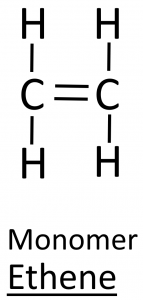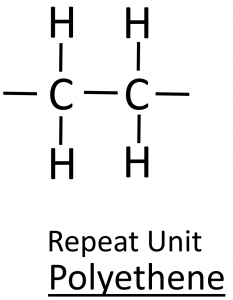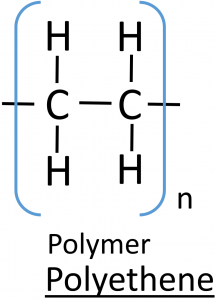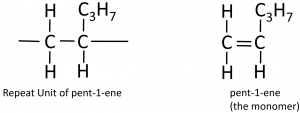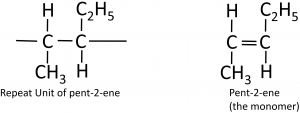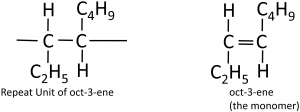3:02 describe simple calorimetry experiments for reactions such as combustion, displacement, dissolving and neutralisation
Calorimetry allows for the measurement of the amount of energy transferred in a chemical reaction to be calculated.
EXPERIMENT1: Displacement, dissolving and neutralisation reactions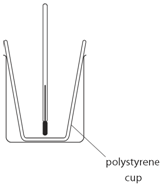
Example: magnesium displacing copper from copper(II) sulfate

Method:
- 50 cm3 of copper(II) sulfate is measured and transferred into a polystyrene cup.
- The initial temperature of the copper sulfate solution is measured and recorded.
- Magnesium is added and the maximum temperature is measured and recorded.
- The temperature rise is then calculated. For example:
| Initial temp. of solution (oC) | Maximium temp. of solution (oC) | Temperature rise (oC) |
|---|---|---|
| 24.2 | 56.7 | 32.5 |

Note: mass of 50 cm3 of solution is 50 g
The cup used is polystyrene because:
polystyrene is an insulator which reduces heats loss
EXPERIMENT2: Combustion reactions
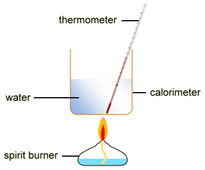
To measure the amount of energy produced when a fuel is burnt, the fuel is burnt and the flame is used to heat up some water in a copper container
Example: ethanol is burnt in a small spirit burner

Method:
- The initial mass of the ethanol and spirit burner is measured and recorded.
- 100cm3 of water is transferred into a copper container and the initial temperature is measured and recorded.
- The burner is placed under of copper container and then lit.
- The water is stirred constantly with the thermometer until the temperature rises by, say, 30 oC
- The flame is extinguished and the maximum temperature of the water is measured and recorded.
- The burner and the remaining ethanol is reweighed. For example:
| Mass of water (g) | Initial temp of water (oC) | Maximum temp of water (oC) | Temperature rise (oC) | Initial mass of spirit burner + ethanol (g) | Final mass of spirit burner + ethanol (g) | Mass of ethanol burnt (g) |
|---|---|---|---|---|---|---|
| 100 | 24.2 | 54.2 | 30.0 | 34.46 | 33.68 | 0.78 |

The amount of energy produced per gram of ethanol burnt can also be calculated:

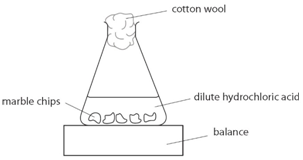 Marble chips, calcium carbonate (CaCO3) react with hydrochloric acid (HCl) to produce carbon dioxide gas. Calcium chloride solution is also formed.
Marble chips, calcium carbonate (CaCO3) react with hydrochloric acid (HCl) to produce carbon dioxide gas. Calcium chloride solution is also formed.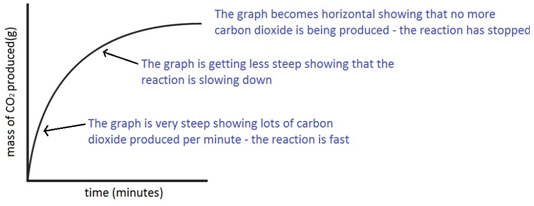
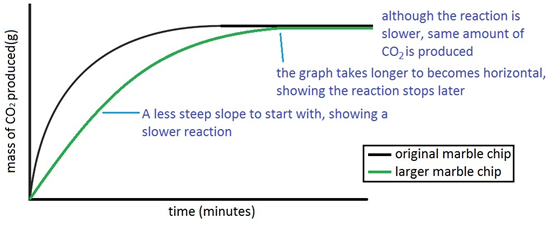
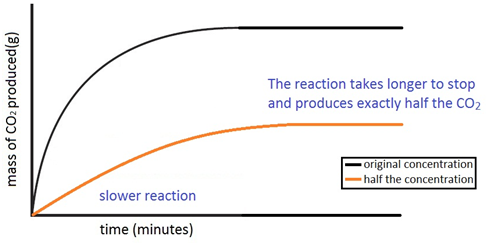





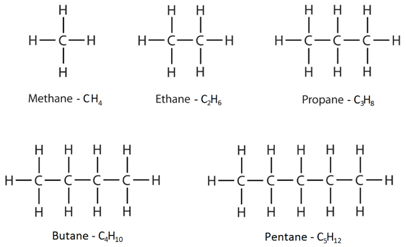
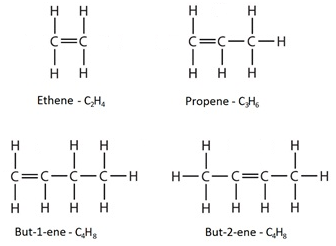
 One bond in the double bond breaks.
One bond in the double bond breaks.